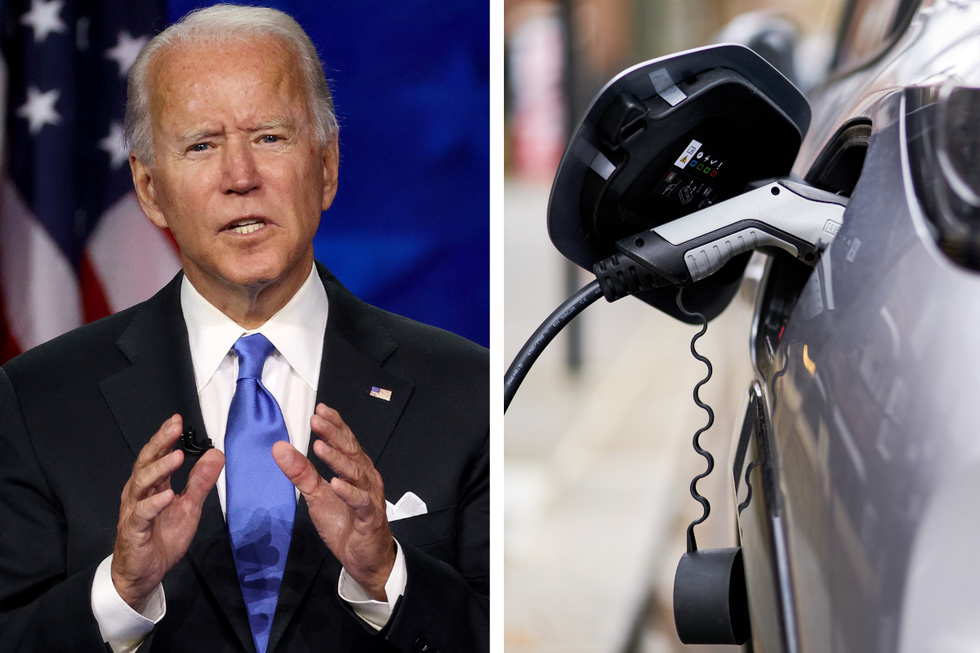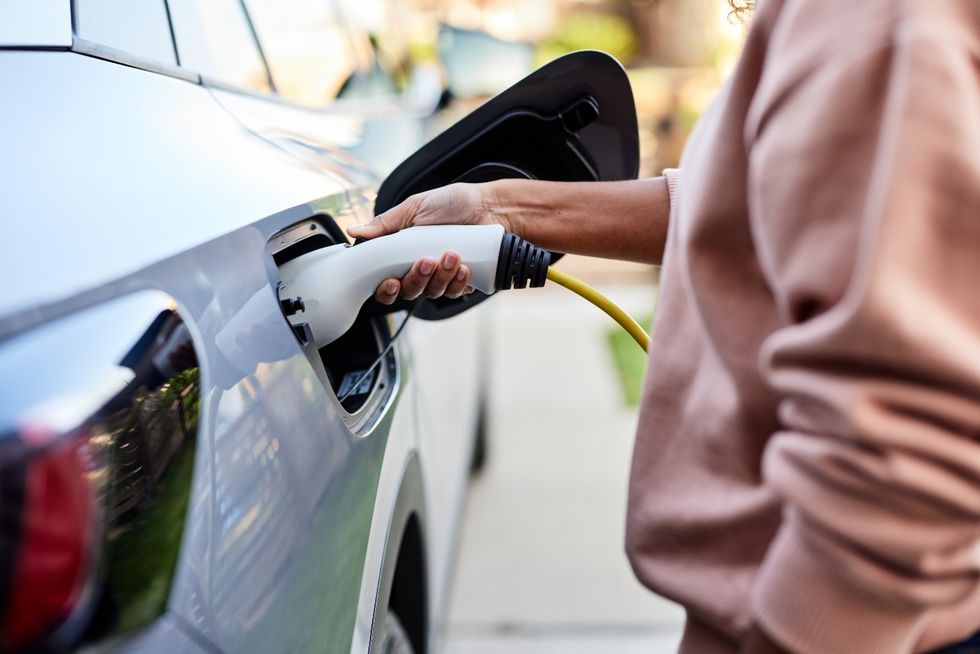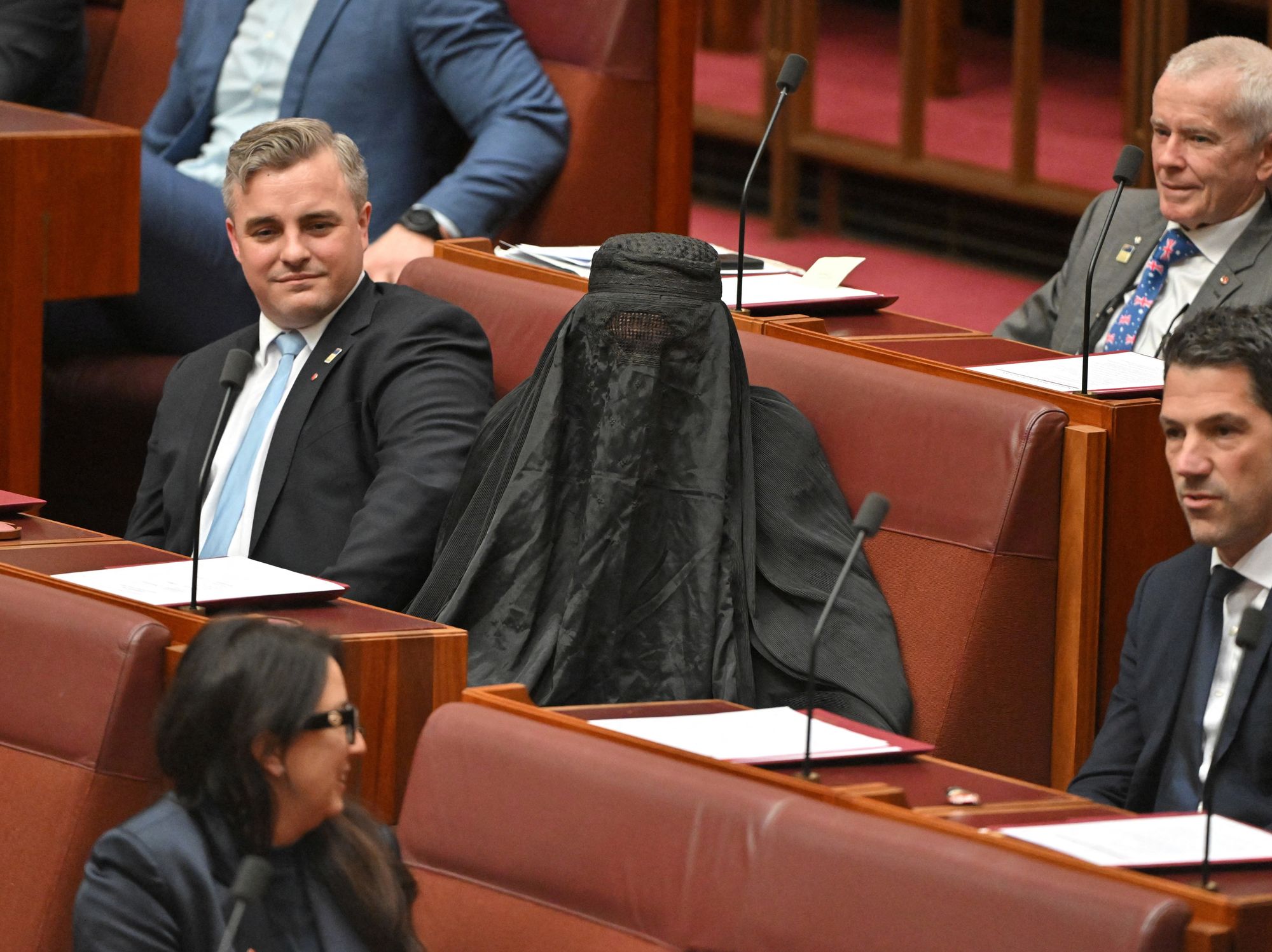US to roll out 'strongest-ever' pollution standards as it strives to make half of US cars electric by 2030

The standards will aim to save the average American driver an estimated $6,000
Don't Miss
Most Read
President Joe Biden has announced its “strongest-ever” pollution standards which follows the UK as country sets off to have half of total cars sold in the US be electric by 2030.
The move aims to reduce more than seven billion tons of carbon emissions from US roads and provide nearly $100billion of annual net benefits to society.
The US President said on Wednesday that he wants the US to follow the UK and Europe on stricter emission rules for petrol and diesel cars.
The changes will affect passenger cars, light-duty trucks, and medium-duty vehicles being built in 2027 through to 2032.
Do you have a story you'd like to share? Get in touch by emailing motoring@gbnews.uk

The move aims to reduce more than seven billion tonnes of carbon emissions from US roads
|GETTY/PA
Once fully implemented, the standards will aim to save the average American driver an estimated $6,000 (£4,698) in reduced fuel and maintenance over the life of a vehicle.
The rules were first announced last year with Biden warned by car makers that they were too ambitious as currently EVs make up less than eight per cent of the market share with hybrids even less at two per cent.
Since then the President has relaxed the rules slightly but still is on the path to have net-zero emissions by 2050.
The standards are seen as technology-neutral and performance-based which is a softer approach for cars, pickups and vans.
Michael S. Regan, administrator at the environmental protection agency, said: “With transportation as the largest source of US climate emissions, these strongest-ever pollution standards for cars solidify America’s leadership in building a clean transportation future and creating good-paying American jobs, all while advancing President Biden’s historic climate agenda.
“The standards will slash over seven billion tonnes of climate pollution, improve air quality in overburdened communities, and give drivers more clean vehicle choices while saving them money.
“Under President Biden’s leadership, this administration is pairing strong standards with historic investments to revitalise domestic manufacturing, strengthen domestic supply chains and create good-paying jobs.”
According to EPA, the rules will also reduce fine particulate matter and ozone, preventing up to 2,500 premature deaths in 2055 as well as reducing heart attacks, respiratory and cardiovascular illnesses, aggravated asthma, and decreased lung function.
John Bozzella, president of the Alliance for Automotive Innovation, said its clear that the future is electric.
Automakers are committed to the EV transition, but pace matters Bozzella warned.
Moderating the pace of EV adoption in 2027, 2028, 2029 and 2030 was the right call by the Administration he added, because it prioritises more reasonable electrification targets in the next few years.
However, while supportive of the new targets, Bozzella added that these adjusted EV targets are still a stretch goal and that it should give the market and supply chains a chance to catch up.
LATEST DEVELOPMENTS:
- Drivers warned left hand lane of major motorways will be closed as huge safety work begins in April
- Britons urged to install an electric car charger at home to 'boost value by £5,000' after major announcement
- Car tax changes in April could force drivers off roads as Britons struggle to deal with the cost of motoring

The changes will affect passenger cars, light-duty trucks, and medium-duty vehicles being built in 2027
| GETTYHe explained: “It buys some time for more public charging to come online, and the industrial incentives and policies of the Inflation Reduction Act to do their thing.
“And the big one? The rules are mindful of the importance of choice to drivers and preserves their ability to choose the vehicle that’s right for them.”










